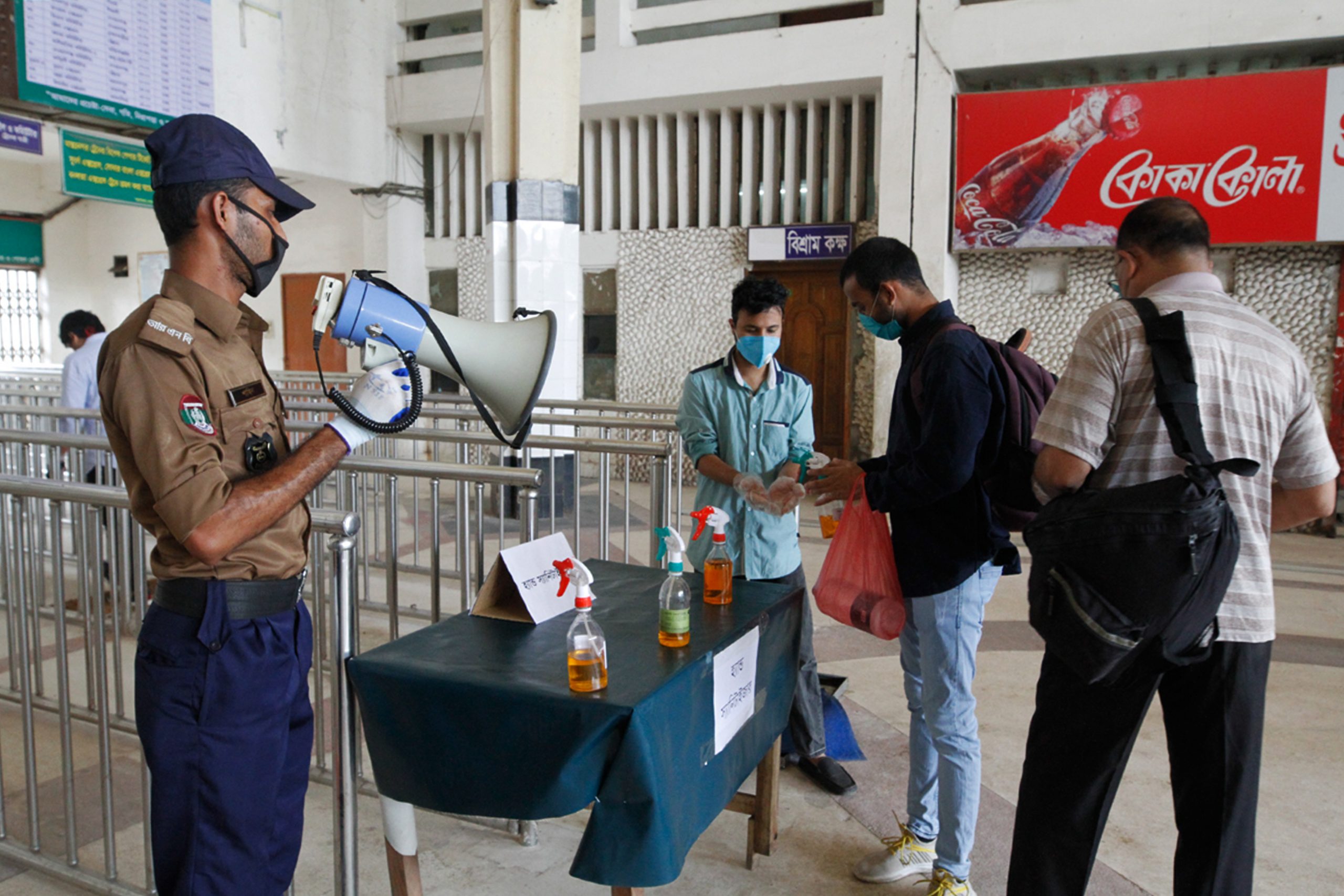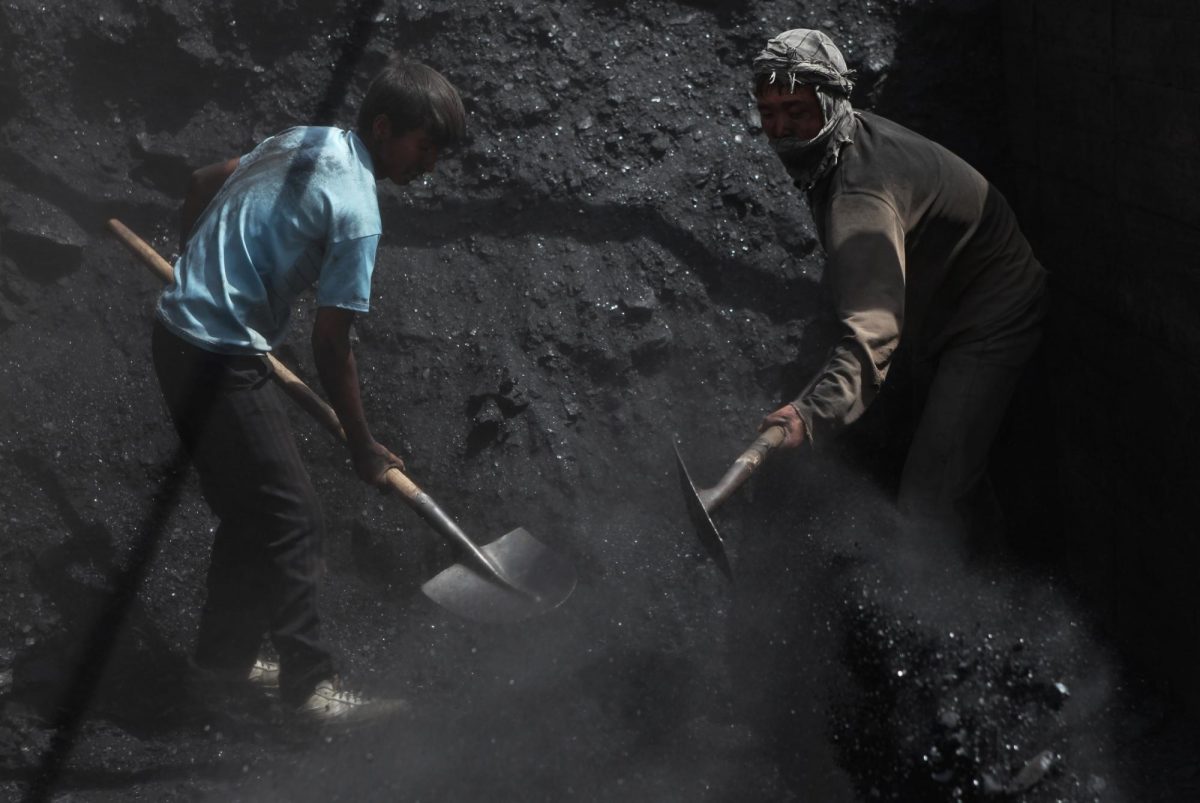The number of coronavirus cases in Bangladesh crossed the 100,000 mark on Thursday, authorities said, as the densely populated South Asian country struggles to contain the pandemic.
The country recorded 3,803 new cases in the past 24 hours from Wednesday morning, taking the total number of cases to 102,292, reports Efe news.
With the new cases, Bangladesh overtook Canada and is now 17th on the list of most-affected nations, according to the global coronavirus data released by John Hopkins University.
The COVID-19 death toll reached 1,343, with the deaths of 38 people in the past 24 hours, Nasima Sultana, additional director general of health services, said.
Victims said the number of the originally infected people could be much higher than the official data as many people are refusing to get tested because of long sample collection queues and other hassles.
According to the Health Emergency Operations control room, the country has only 12,034 beds and 339 ICU beds available in government and private hospitals for COVID-19 patients.

Most of these beds are occupied already, said health officials, adding they were taking different steps to help people taking treatment from home.
Bangladesh Medical Association (BMA) said there are no adequate protections for doctors in many hospitals, resulting in several dozen deaths and infection of over 1,000 physicians.
“The infection rate among Bangladeshi doctor is possibly highest in the world,” said BMA secretary Ehteshamul Huq Choudhury.
“So far, 40 doctors have died, 36 of COVID-19 and four others with symptoms. According to our latest estimate, 1,035 doctors tested positive,” he said.
Bangladesh imposed a lockdown on March 26 to check the spread of the coronavirus.
However, the move dealt a blow to the country’s economy and caused significant unemployment, especially in the textile sector, which contributed nearly 84 per cent of the country’s total exports in 2018-19 when it shipped products worth $34 billion.
The countrywide lockdown measures were lifted on May 31, but they continue to remain in force in certain parts that are severely affected.









